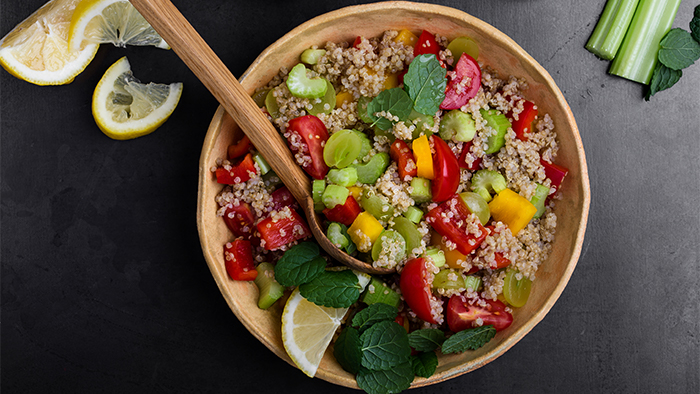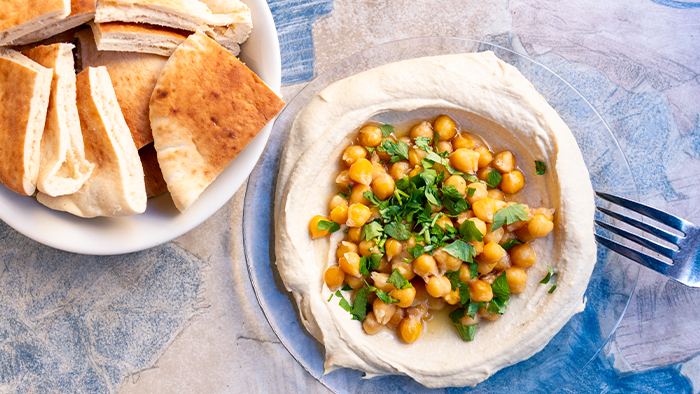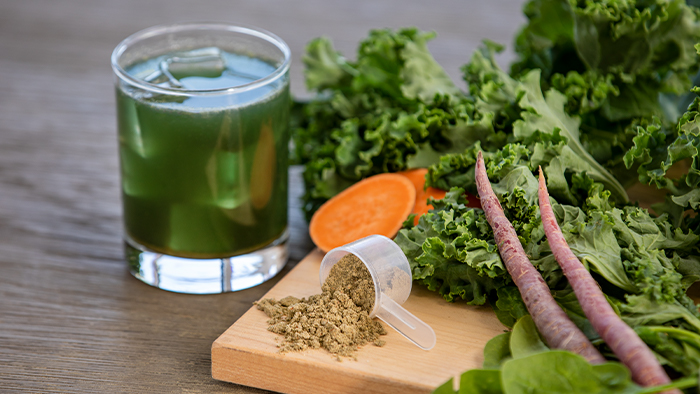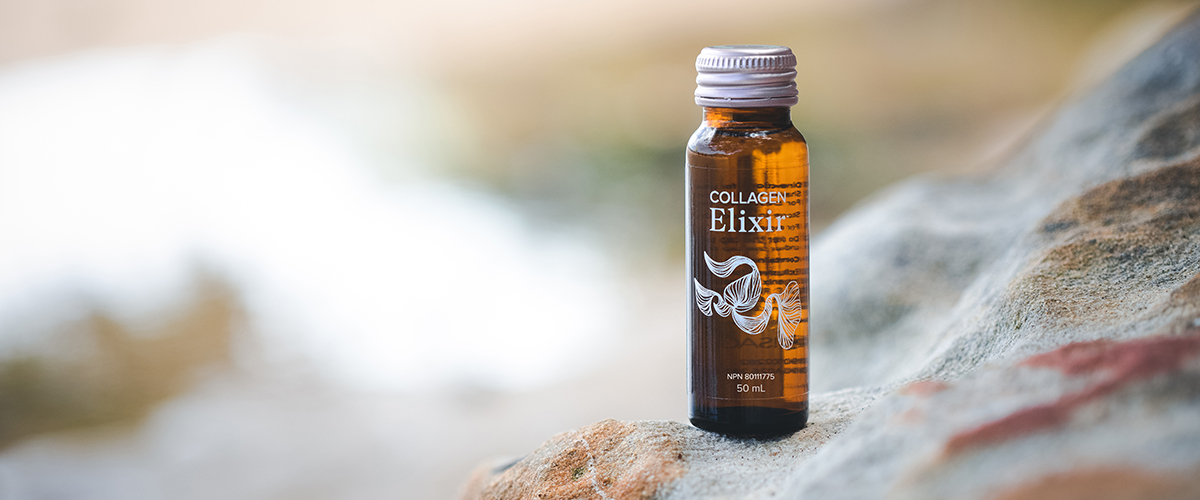There’s a surge in the popularity of plant-based foods, and a new diet is emerging: flexitarian.
A flexitarian hovers somewhere between following a vegetarian and conventional diet, always searching for new ways to introduce more plant-based foods into their routine.
According to one Nielsen study, 98% of people who purchased a plant-based meat alternative also purchased real meat.
Whether you’re skipping meat one day a week or want to go more plant-based during the entire week, here are five easy ways to be a successful flexitarian.
Find Your Filling Foods

One benefit of meat and dairy is that their high protein and sometimes increased fat content don’t leave us as hungry between meals. In their absence, find fresh produce, whole grains, and nuts that fill you up and reduce the temptation to constantly snack.
- Whole grains such quinoa and oats are better for satiety than bread and pasta, and more nutritious, too!
- Nonstarchy vegetables such as leafy greens, peppers, Brussels sprouts, and carrots contain lots of fiber and nutrients to satisfy hunger.
- Fresh fruits also have more fiber and are more filling than fruit juice, which can be very high in sugar.
- Nuts like almonds, cashews, Brazil nuts, and others are filled with fiber and good fats.
Get Your Proteins

We assume “meat” and “protein” are synonymous, but start paying attention to the nutritional facts on plant-based foods, and you’ll realize there is at least some protein in most foods you eat.
The amount of protein your body needs also depends on your lifestyle. Don’t feel like you need a bodybuilder’s supply of protein to maintain a healthy diet. Whatever your normal intake, these foods are excellent protein sources for flexitarians:
- Chickpeas and other beans.
- Nutritional yeast (popular in savory foods for its cheesy flavor).
- Quinoa and other whole grains.
And if lentils and beans don’t agree with your digestive system, a good probiotic and enzyme supplement can help support better digestive health when eating these foods.†
Use Supplements for Better Nutrition

If you’re doing it right, going flexitarian shouldn’t depend on supplementation — this is still about real food — but it can help you round out a more complete diet and achieve better health.
Plant-based protein shakes like IsaLean® Shake Plant-Based can give you the protein, carbs, and good fats your body needs. It’s a great way to break up the routine if you’re tired of lentils, and it’s another option to get some of the nutrients you might be missing from the other foods you eat.
You can also increase your vegetable intake with two extra servings in Organic Greens by blending it with your shake or mixing it with water. The goal is to add to the good food you’re eating, not replace it!
Avoid Refined Carbs, Added Sugar, and Sweets

This one’s just smart for any diet. Refined carbs found in white bread and pasta and added sugars in soda, processed foods, and high-calorie sweets can be a one-way ticket to crashing any healthy eating routine.
Luckily, all of these no-go foods have healthier substitutes that are actually good!
- Ditch regular pasta and bread for whole-wheat options.
- Check the nutrition label for high amounts of added sugar, and make sure fiber and nutrients are included.
- Try fresh fruit and berries for a sweet treat instead of candy bars.
Be Smart About Meat

At the end of the day, you’re still going to eat some meat — that’s what the flexitarian diet is all about. The way to win at smarter eating is getting strategic with the meat you choose to eat.
- Free-range or pasture-raised eggs.
- Organic poultry.
- Wild-caught fish.
- Grass-fed beef.
- Dairy from grass-fed cows.
Notice a theme? Eating meat from natural sources that are organic, grass-fed, and wild-caught help avoid processed and unethically raised meat that can cause health problems. Plus, it just tastes better!
In many ways, eating like a flexitarian is just another way to look at a healthy, balanced diet — one that puts focus on plant-based foods but also enjoys healthier sources of meat from time to time. It’s all part of healthy change and a better overall lifestyle.
†This statement has not been evaluated by the Food and Drug Administration. This product is not intended to diagnose, treat, cure, or prevent any disease.




